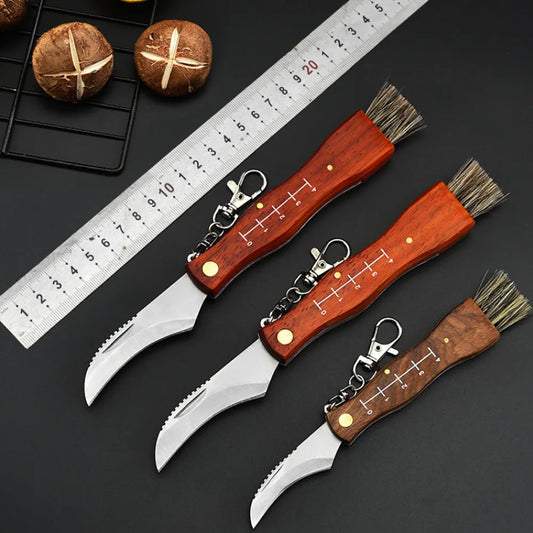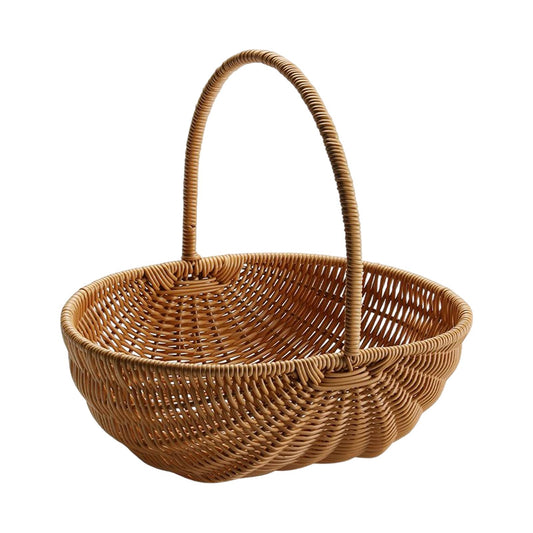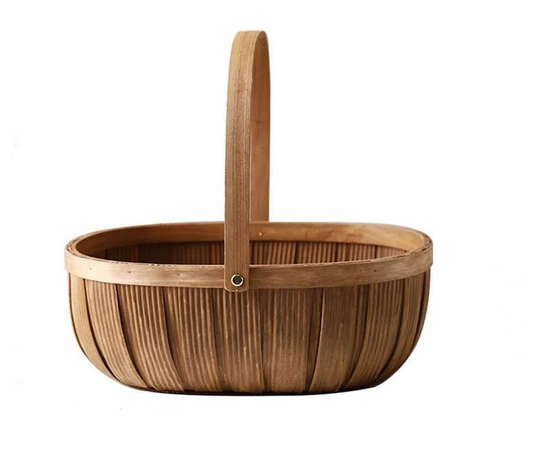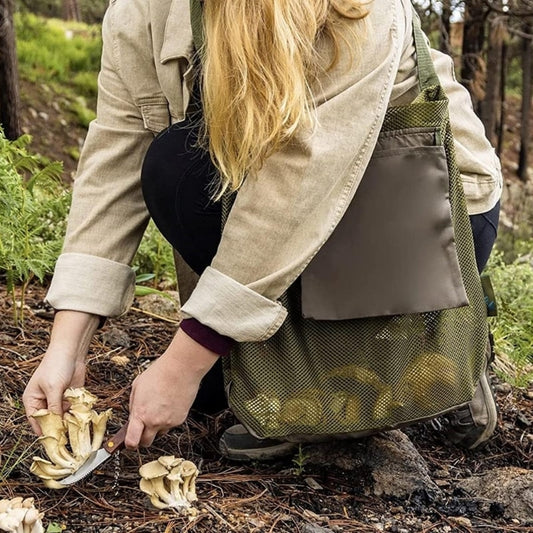Venturing into the world of mushroom foraging can be a rewarding and fascinating experience, but it's important to approach it with knowledge and caution. While the thought of finding a delectable wild mushroom can be enticing, it's crucial to prioritize safety above all else. In this guide, we'll walk you through the steps to forage for mushrooms without putting yourself at risk, along with examples of mushrooms to avoid.
Step 1: Educate Yourself - The Mushroom ABCs
Before setting foot in the forest, arm yourself with knowledge. Study field guides, attend workshops, and familiarize yourself with the distinct features of edible and toxic mushrooms in your region. Learning to identify mushrooms by their cap, gills, stem, spore print, and habitat will be your first line of defense.
Step 2: Know Your Limits - Avoid the Unknown
Stick to what you know. While the allure of the exotic might tempt you, it's safer to forage for mushrooms you can confidently identify. Steer clear of any mushroom that leaves you scratching your head and second-guessing its edibility.
Step 3: Location, Location, Location - Be Habitat Savvy
Different mushrooms thrive in various environments. Some may favor woodlands, while others prefer open grassy areas. Understand the ecosystems and habitats where certain mushrooms flourish to increase your chances of finding edible varieties.
Step 4: Take a Spore Print - Color Matters
A spore print can provide essential clues about a mushroom's identity. Place the cap, gills down, on a sheet of white paper overnight. The color of the spores can help you distinguish between similar-looking species.
Step 5: When in Doubt, Leave it Out - Toxic Lookalikes
Mushroom species often have toxic doppelgängers that can be deadly if ingested. Here are a few examples of mushrooms to avoid:
Destroying Angel (Amanita bisporigera) - Often mistaken for edible mushrooms, these are highly toxic and can lead to organ failure.

False Morels (Gyromitra species) - These look similar to true morels but can cause severe poisoning.
Death Cap (Amanita phalloides) - Responsible for most mushroom-related fatalities, this innocently named mushroom is lethal.
False Chanterelle (Hygrophoropsis aurantiaca) - Resembling the highly sought-after chanterelle, this lookalike can cause gastrointestinal distress if consumed.
Step 6: Share Your Harvest with Experts - Seek Confirmation
If you're uncertain about the edibility of a mushroom, seek the guidance of experienced mycologists or local foraging clubs. Sharing photos and details can help you receive accurate identification and make informed decisions.
Step 7: Start Small - Introduce One Mushroom at a Time
When introducing new mushrooms into your diet, consume only a small portion initially to ensure your body's tolerance. Some individuals may have sensitivities or allergies to even edible varieties.
Mushroom foraging is a skill that takes time to develop. Patience, practice, and continuous learning will help you become a confident and safe mushroom forager. By following these guidelines and avoiding risky choices, you can embark on a rewarding journey through the world of wild mushrooms without putting your health in jeopardy. Remember, the goal is not just to avoid dying but to thrive and savor the natural wonders our forests offer.




